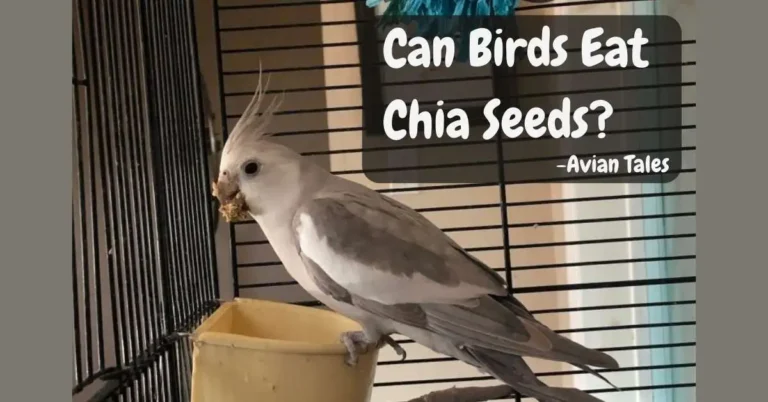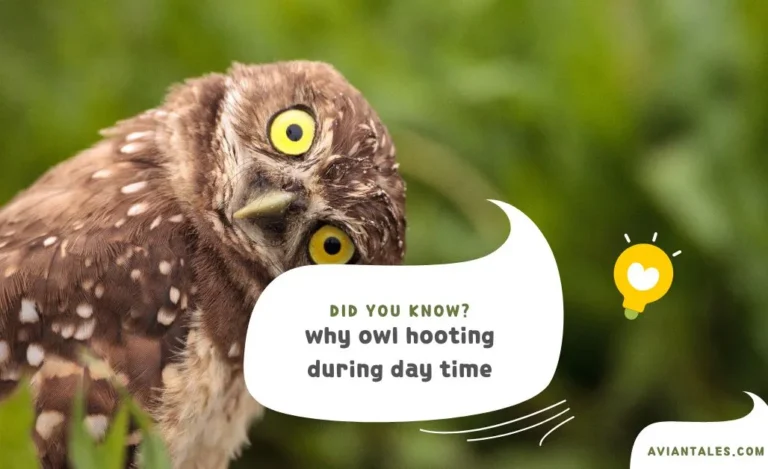Exploring Owl Diets: Raccoons Included?
Owls, with their silent flight and piercing gaze, are fascinating creatures of the night. Their diets are as diverse as their species, ranging from small insects to larger mammals.
Table of Contents

But do these nocturnal predators include raccoons in their menu? This question piques the curiosity of many wildlife enthusiasts and researchers alike.
In this article, we delve into the dietary habits of owls, focusing on their interaction with raccoons. We’ll explore owl attack strategies, the dynamics of predator-prey relationships, and how these diets reflect ecosystem health.
Join us as we unravel the mysteries of owl diets: are raccoons included?
What Do Owls Typically Eat?
Owls are birds of prey, also known as raptors. Their diet primarily consists of small mammals, insects, and other birds.
The specific prey varies by owl species, location, and availability of food sources. For instance, the diet of a Barn Owl might differ significantly from that of a Snowy Owl.

Here’s a brief list of common prey for owls:
- Mice and rats
- Rabbits and hares
- Frogs and snakes
- Insects like beetles and moths
- Other birds, including smaller owls
Larger owl species, such as the Great Horned Owl, can tackle bigger prey. This includes raccoons, especially juveniles or sick individuals.
In the next section, we’ll take a closer look at the Great Horned Owl, a known raccoon predator.
The Great Horned Owl: A Raccoon Predator
The Great Horned Owl is one of the most formidable raptors in North America. It’s known for its wide range of prey, which includes raccoons.
This owl’s large size and powerful talons allow it to take on larger prey. However, raccoons are not a primary food source for these owls.
Raccoons are nocturnal, like many owl species. This leads to potential predator-prey interactions during the night.
Despite this, predation of raccoons by Great Horned Owls is more likely to occur with juvenile or sick individuals. These are easier to catch and subdue than healthy, adult raccoons.
In the following section, we’ll delve into the hunting strategies of owls.
Owl Attack Strategies: How Do They Hunt?
Owls are skilled hunters, equipped with unique adaptations for nocturnal predation. Their attack strategies are a marvel of nature.

One of the key strategies is silent flight. Owls have specialized feathers that reduce noise during flight. This allows them to approach their prey undetected.
Another strategy is the element of surprise. Owls often perch on high vantage points, scanning their surroundings for prey. Once spotted, they swoop down swiftly, catching their prey off guard.
Owls also have excellent night vision and hearing. These senses help them locate and track their prey in low light conditions.
Their strong talons are used to subdue and kill prey. Once caught, the prey is usually swallowed whole or torn into manageable pieces.
In the next section, we’ll answer the question: Do owls eat raccoons?
Do Owls Eat Raccoons?
The question of whether owls eat raccoons is not a simple yes or no. It largely depends on the species of owl and the size of the raccoon.
Larger owl species, like the Great Horned Owl, have been known to prey on raccoons. However, this is not a common occurrence. Raccoons are not a primary food source for owls due to their size and defensive capabilities.
Predation on raccoons by owls is more likely to occur with juvenile or sick individuals. These raccoons are easier to catch and kill, making them a more feasible meal for an owl.
In the next section, we delve deeper into the dynamics of predator-prey relationships between owls and raccoons.
The Dynamics of Predator-Prey Relationships
The predator-prey relationship between owls and raccoons is complex. It’s influenced by factors such as the availability of other prey and the health of the raccoon population.
Owls, as predators, play a crucial role in controlling the population of their prey. This includes raccoons, especially the young or weak ones.
However, raccoons are not easy prey. They are known for their intelligence and adaptability. This makes them a challenging target for most predators, including owls.
The balance between predator and prey populations is crucial for ecological health. Disruptions can lead to an overpopulation of prey or a decline in predator numbers.
Understanding these dynamics helps us appreciate the intricate balance of nature. It also underscores the importance of protecting both predator and prey species.
Raccoons in the Owl Diet: An Uncommon Meal?
Raccoons are not a common meal for owls. Their size and defensive capabilities make them a challenging prey.
However, larger owl species, like the Great Horned Owl, have been known to prey on raccoons. This is more likely when the raccoons are young or sick.
The presence of raccoon remains in owl pellets is a clear sign of predation. Yet, it’s important to note that this is not a regular occurrence.
In conclusion, while raccoons can be part of an owl’s diet, they are not a primary food source.
How Owl Diets Reflect Ecosystem Health
Owl diets can serve as a mirror to the health of an ecosystem. A diverse diet indicates a rich and balanced environment.

When owls feed on a wide range of species, it suggests a healthy prey population. Conversely, a limited diet may signal a decline in biodiversity.
In essence, studying owl diets can provide valuable insights into ecological health. It’s a fascinating aspect of these nocturnal predators that deserves more attention.
The Impact of Human Activity on Owl Diets
Human activity can significantly disrupt the natural diet of owls. Urbanization, for instance, alters the availability of prey.

Pesticides and rodenticides can also indirectly affect owls. They can poison the small mammals that owls feed on.
In conclusion, our actions have a profound impact on owl diets. It’s a reminder of the need for responsible practices to protect these magnificent birds.
Conservation and Protection of Owls and Their Prey
Conservation efforts are crucial for protecting owl habitats and food sources. These include initiatives to preserve forests and control the use of harmful pesticides.
Moreover, legal protections are in place for owls and their prey. These laws aim to maintain the balance of ecosystems and ensure the survival of these fascinating creatures.



